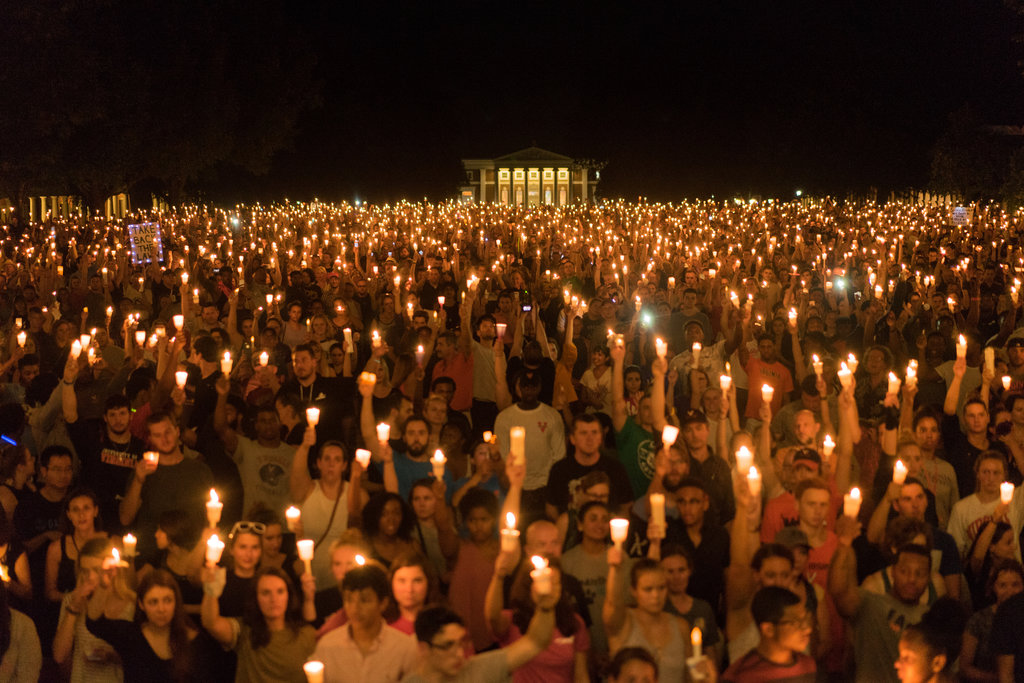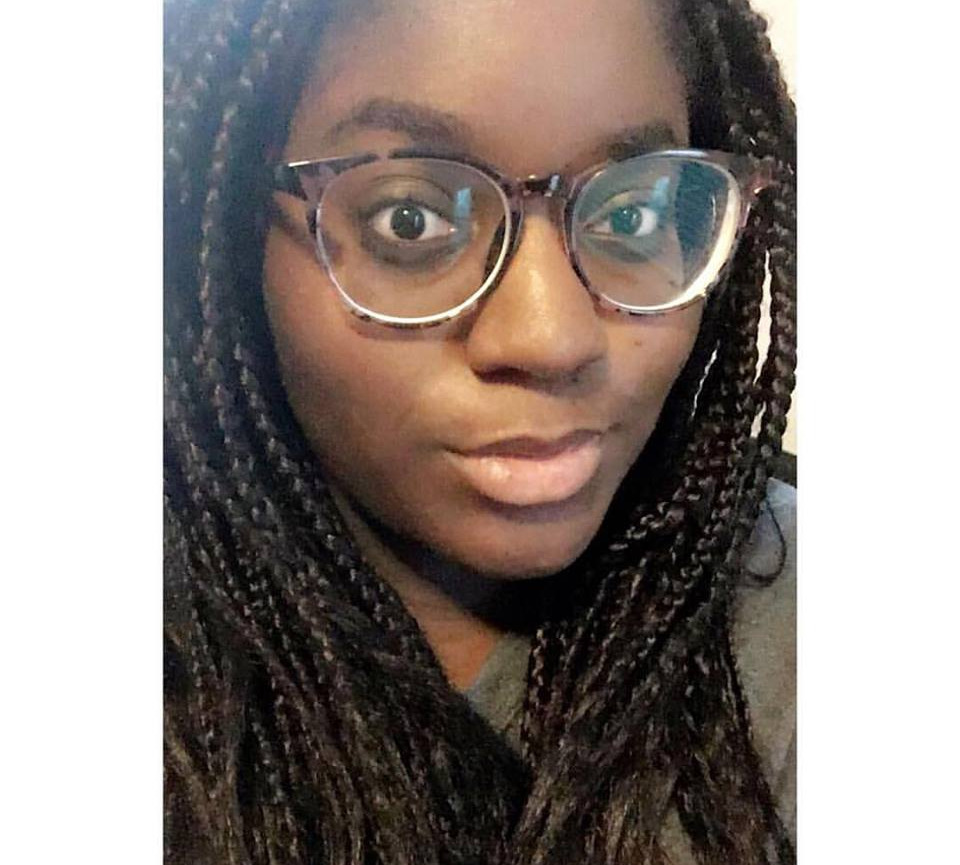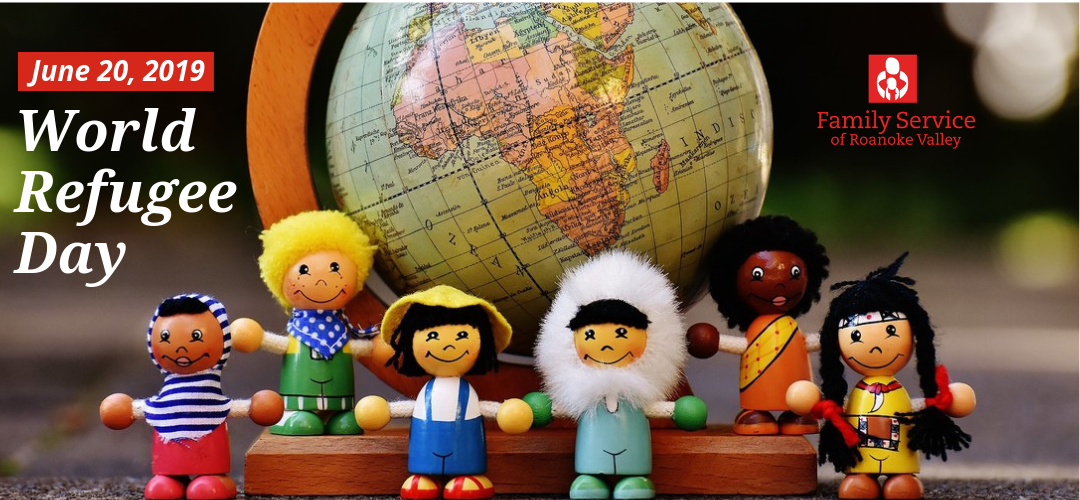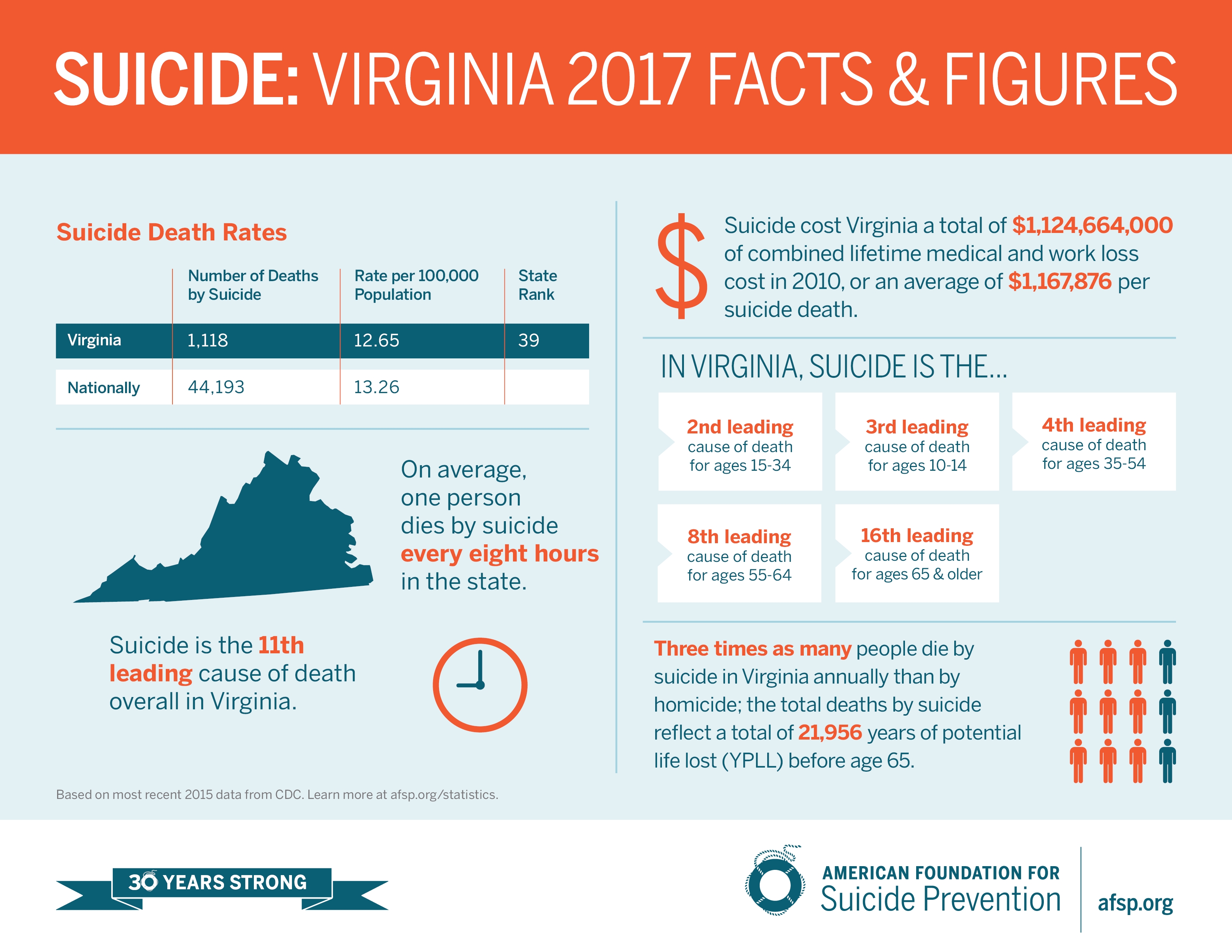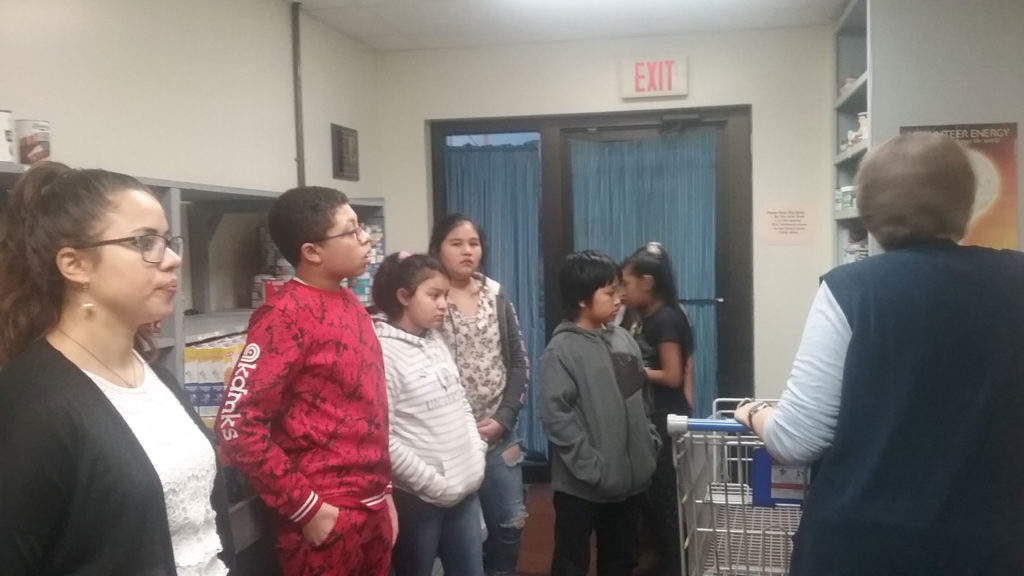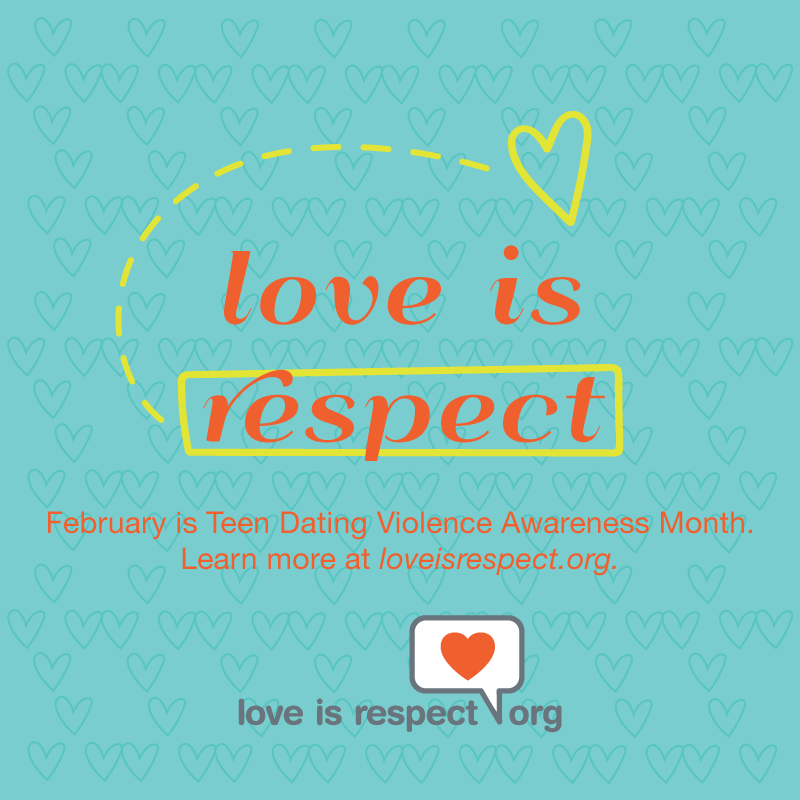
I’m taking today and tomorrow to focus on my mental health. Hopefully I’ll be back next week refreshed and back to 100%. @madalynrose
The Tweet capturing attention of mental health professionals and mental health warriors this summer was an email sent from a boss to her team about taking a couple of days off to focus on mental health. It was the reply of her CEO that went viral:
Hey Madalyn, I just wanted to personally thank you for sending emails like this. Every time you do, I use it as a reminder of the importance of using sick days for mental health — I can’t believe this is not standard practice at all organizations. You are an example to us all, and help cut through the stigma so we can all bring our whole selves to work.
–CEO Ben Congleton
The resulting internet storm led to blog posts, articles and videos about the willingness (or unwillingness) of employers to recognize mental illness as a valid reason to stay home from work and recuperate —rest assured, I am not going there.
Although I wasn’t officially diagnosed at the time, my fight with depression–and subsequently anxiety–began in middle school. It continues to this day.
I thought when I entered college it would get better. I would be so busy having new experiences, joining clubs, and studying hard that I wouldn’t have time to be depressed.
Turns out, problems travel with you.
During my first two years of college, I felt swallowed up by everything. This feeling started a seemingly endless cycle of helplessness, hopelessness, and overall lack of energy. I didn’t realize it was caused by my depression and anxiety; so, I just thought I needed to take a day or two off and I would feel better.
I started taking “mental health days” almost every week—staying in bed all day, binge eating and watching, and avoiding all social interaction—which didn’t actually help my mental health.
Taking time off continued until my first semester of my junior year and by that time my “mental health days” not only affected my grades, but also my relationships with classmates and with my family.
Looking back, I wish I was more aware of my mental state. When I didn’t feel any change after taking my first (or second) day off, that was a sign of a bigger problem .
I’m not beating myself up about the past. I now know there are plenty of ways a mental health day can be good for you, and the days sitting isolated and alone were not good for me.
If you take a mental health day for the wrong reasons or do not think about what your mind and body really need, the time away might unintentionally make your mental health worse.
Making the Most of a Mental Health Day
Skipping class, staying in bed all day, binge eating and watching, or any other indulgent or isolating behaviors are not productive to your health. In most cases, it will make you feel worse.
By staying in bed all day, I became stuck in my depressed state; and, binge watching shows only provided a temporary fix.
Never once did I think ahead of time how I would spend my mental health day to make the most of it.
A good first step is to MAKE A PLAN!
1) Ask yourself: Is taking the day off what I really need?
For someone like me, taking a mental health day in college was not a good idea due to my depression and anxiety. If you suffer from anxiety skipping a day of school or work may not be helpful as responsibilities pile up and can add to a sense of being overwhelmed or out of control. If there is an immediate issue (problems sleeping, overly stressed, burnout, lack of investment and engagement, irritable, etc.), then a literal day off from work or school could be beneficial.
2) Think about how you will spend your time:
While sleeping in feels nice, consider getting up and moving, even when it is difficult.
The most beneficial way to spend a mental health day will be different for every person, but some positive ways to spend the day are:
Spend time with loved ones
Go to a yoga class
Finish a task on your personal to-do list
Take a spa day
Make an appointment you’ve been putting off
Go to an amusement park
Read a book
Take a hike, or go for a jog or bike ride
Sit quietly
3) Decide what you will do next:
Mental health days aren’t cure-alls. Continuing to care for your mental health after your mental health day is important. That could include having a gratitude journal, taking care of your body, surrounding yourself with loving and positive people, joining a club or group, and getting help from a counselor when you need it.
A therapist can help you make sense of why you feel the way you do, and support you to develop coping skills that don’t involve days on the couch or spoons in the ice cream carton.
(Shameless plug-in: If you so choose, get some inspiration and new ideas for self-care from our Instagram where we do #SelfLoveSaturday every other week!)
The goal of these activities is to bring you some kind of joy or feeling of accomplishment, they are not chores or duties you feel have to get done. Having a mental health day gives you time to re-charge your batteries, refocus, and be prepared for the future.
Everyone faces challenges they may not be able to solve on their own. To learn more about how Family Service of Roanoke Valley can help you achieve heightened self-awareness, renewed strength, and balance and restored hope, please contact us at 540-563-5316 or visit our How We Help page.

